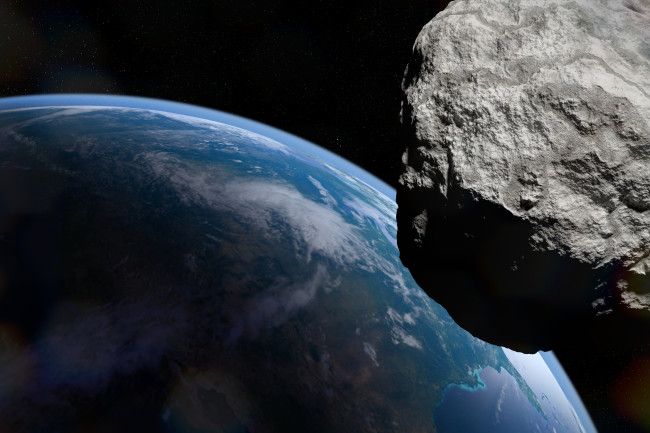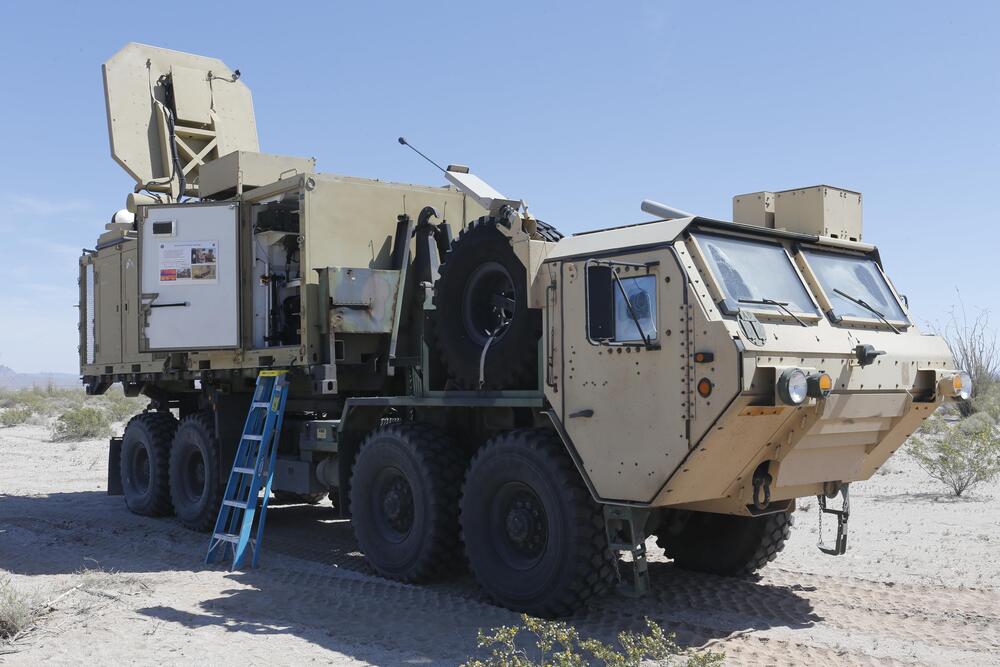The new ERV from Retreat Caravans travels to the most distant corners of Australia and beyond, using only electric power to keep equipment running. That would be a nice feat for an RV as simple as a tiny teardrop trailer, but the ERV is more a dual-axle luxury condo. Its lithium battery and solar roof power the all-season climate control, indoor/outdoor entertainment system, electrified kitchen and even washing machine. Leave the LPG tanks and electrical grid behind, explore Outback-style remoteness and live like a kingly nomad in a high-tech hideaway.
Electric motorhomes and pickup campers have stolen the spotlight throughout 2019, but all-electric caravans have been quietly creeping forward in the backdrop. In the US, Thor Industries, the world’s largest RV manufacturer, worked up a more rigid definition of “off grid” with the Sonic X caravan concept back in March. Later in the year, another brand under the Thor umbrella, Germany’s LMC, followed suit with its own electrified trailer at the Düsseldorf Caravan Salon. The two models were quite distinct, but both shared the same goal: leaving behind every last trace of liquified petroleum gas (LPG) and tying together all onboard equipment with a single electrical architecture.
Australia’s Retreat Caravans goes beyond concepts, breaking free from LPG with what it calls the world’s first fully electric caravan, the ERV. It relies on a Centralized Energy Management System (CEMS) supplied by Australian caravan tech startup OzXcorp. Co-founded by Andrew Huett, a businessman who spent nearly two decades living completely off the grid and has racked up some 43,000 miles (70,000 km) traveling around Australia, OzXcorp was formed to bring caravan tech and design into the smart age. With the CEMS, OzXcorp hangs an automotive-grade 14.3-kWh lithium battery pack inside a galvanized steel chassis and distributes power through a 48-volt electrical architecture.




